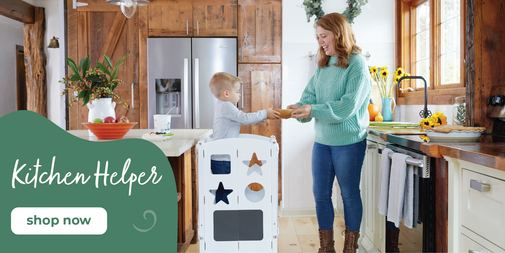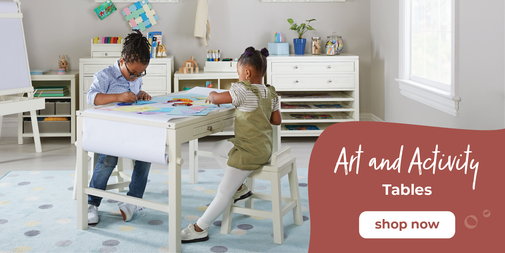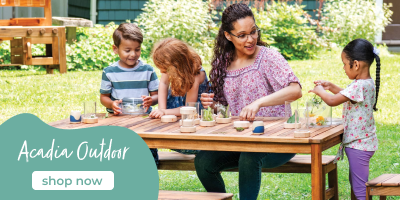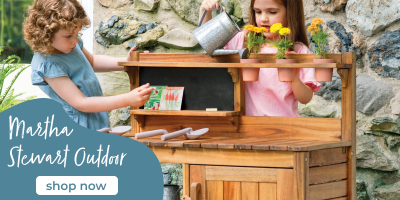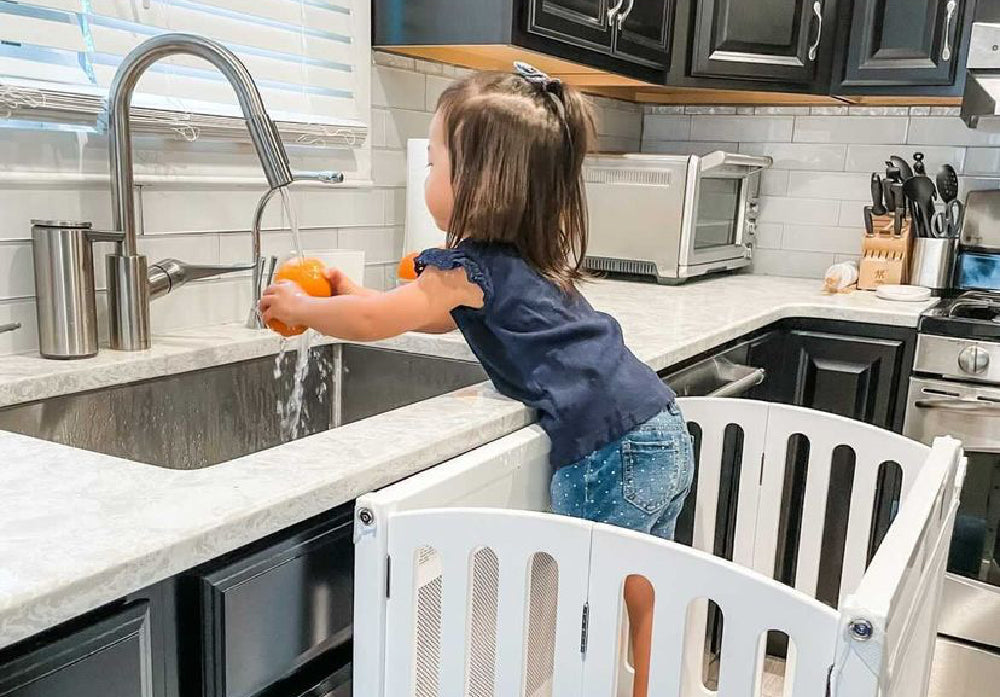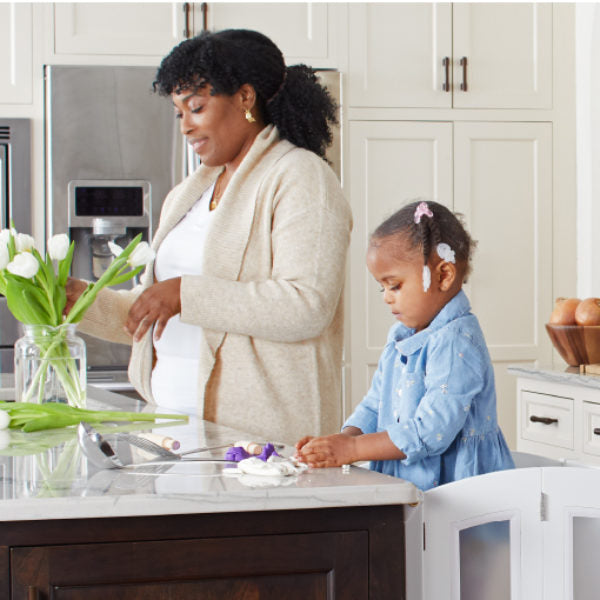Togetherness with Confidence – 5 Ways a Guidecraft Kitchen Helper Toddler Tower Brings Families Closer Together

Cooking meals is not simply about putting food on the table — it is an activity that has brought parents and children together for many generations. So much of a family’s life takes place in the kitchen, and young children are often eager to be a part of it. By inviting children to help in the kitchen, you send the message that you value their contribution to the family and that you believe they are capable of performing important work. Children make wonderful helpers when entrusted with real-life responsibilities.
Family Traditions Begin in the Kitchen
You may long for the day when you will be able to cook a family recipe with your child, the same way that you learned to cook it with your own parent. It’s never too early to start this tradition. As you cook with your child, explain why the recipe is special to you. Describe memories of cooking the recipe when you were young. Give your child developmentally appropriate tasks, like stirring batter or measuring ingredients, and increase the complexity of the tasks as your child grows.
It is also wonderful to create new family traditions in the kitchen, whether it’s a weekly pizza night or an annual cookie decorating party. Choosing meals that your child can easily contribute to will better ensure that it remains a tradition your child looks forward to. Children can assist with everything from shopping for ingredients to prepping the food to serving family members at the table. Eventually, children will learn to complete recipe tasks independently and even memorize the recipe — and many years down the road, perhaps make the same recipe with their own children.

Bonding with Siblings
Cooking meals as a family is an opportunity to bring not only parent and child together, but also siblings. Siblings who work together in the kitchen come to learn the value of cooperation and sharing, whether it’s taking turns dumping chocolate chips into a batter or performing sequential tasks alongside each other (for example, one sibling washes bell peppers, the other sibling slices them). Younger children may also learn skills by watching older siblings, while older siblings will learn patience and empathy by teaching kitchen skills to younger siblings.
Learn About Food Together

Having a front-row seat to meal preparation will pique a child’s natural curiosity about food and elicit a wonderful gamut of questions. This is a perfect opportunity for children to learn about the nutritional value of foods and what makes some foods healthier than others. It is also a good time to discuss different cultures and cuisines and the origins of various dishes. Children may also enjoy simply talking about the physical properties of foods and playing categorization games, such as naming fruits that grow on trees or listing as many root vegetables as they can think of.
Children Are Natural Helpers
Young children are constantly observing their surroundings and learning from what they see. They are also eager helpers and derive a lot of satisfaction from completing tasks that they see adults do every day. A Kitchen Helper Toddler Tower allows children to stand right at a parent’s level and observe up close what the parent is doing — and eventually perform the task themselves. When children are given easy access to the counter, they become more eager to assist parents with cooking, unloading groceries or simply sorting through mail, leading to hours of time together in the kitchen that might otherwise have been spent apart. “I want to help” may become a child’s go-to phrase.
Make the Kitchen Welcoming

It’s common for parents to feel rushed for time when preparing meals. In these rushed moments, we might be tempted to send children away from the kitchen so that we can make the meal as quickly as possible. Yet even under time constraints, it’s possible to welcome children into the kitchen without slowing down meal prep. One solution is to offer a task that your child can complete independently and that is not essential to the meal at hand, such as washing and tearing lettuce for tomorrow’s lunch. This is also a good opportunity to let children practice a skill that they’ve been working on in the kitchen, such as slicing or chopping. Making the kitchen a welcoming place helps children feel that the kitchen is as much for them as it is for you.
Another step to maintaining a welcoming environment in the kitchen is to make clear what your child may or may not use. By letting a child know upfront that sharp kitchen knives and the stovetop are off limits, you eliminate the need for constant reminders which can, over time, make a kitchen feel less inviting to a child.
